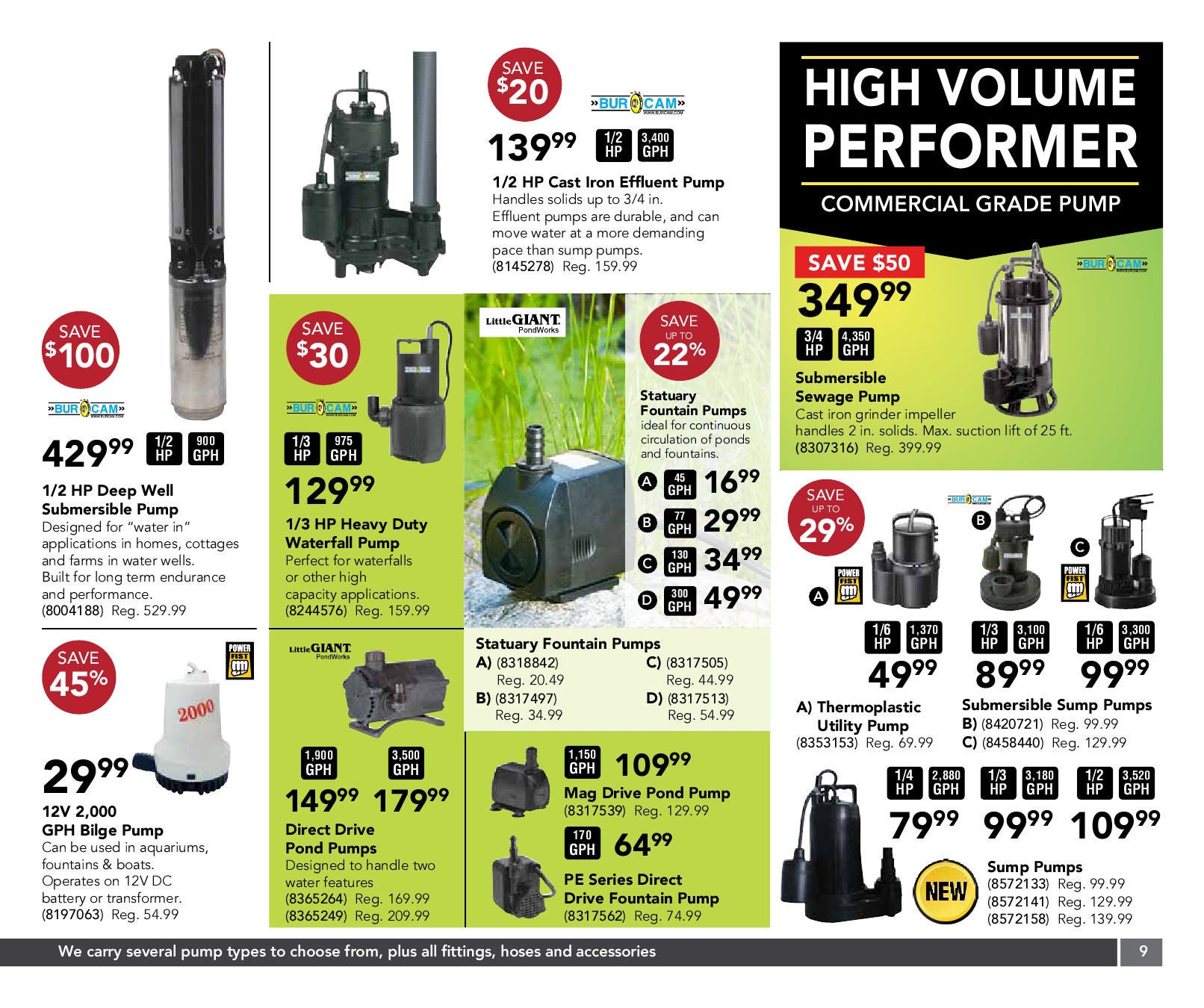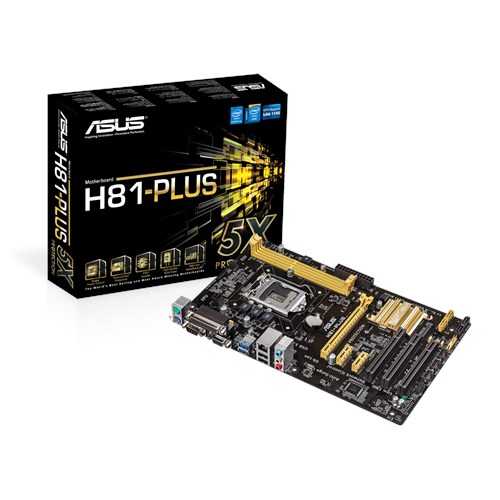Endurance Battery Booster Manual Transfer
Few Words on Typical Backup SystemBackup generators supply power to a manual transfer switch, which disconnects the house from the main service wires and routes power from the generator through selected household circuits.Installing a backup generator is an invaluable way to prepare your family for emergencies. The simplest backup power system is a portable gas-powered generator and an extension cord or two.A big benefit of this approach is that you can run a refrigerator and a few worklights during a power outage with a tool that can also be transported to remote job sites or on camping trips when it’s not doing emergency backup duty.
This is also the least expensive way to provide some backup power for your home. A Typical Backup System. You provide a power feed from the generator into the switch. The switch is wired to selected essential circuits in your house, allowing you to power lights, furnace blowers, and other loads that can’t easily be run with an extension cord.
But perhaps the most important job a transfer switch performs is to disconnect the utility power.If the inactive utility power line is attached to the service panel, “backfeed” of power from your generator to the utility line can occur when the generator kicks in. This condition could be fatal to line workers who are trying to restore power. The potential for backfeed is the main reason many municipalities insist that only a.Using a transfer switch not installed by a professional may also void the warranty of the switch and the generator.Automatic transfer switches turn on the generator and switch off the utility supply when they detect a significant drop in line voltage. They may be installed with portable generators, provided the generator is equipped with an electric starter.Large standby generators that resemble central air conditioners are the top of the line in backup power supply systems. Often fueled by home natural gas lines or propane tanks that offer a bottomless fuel source, standby generators are made in sizes with as much as 20 to 40 kilowatts of output – enough to supply all of the power needs of a 5,000-sq.-ft. Home.Choosing a GeneratorChoosing a generator for your home’s needs requires a few calculations. The chart below gives an estimate of the size of generator typically recommended for a house of a certain size.



You can get a more accurate number by adding up the power consumption (the watts) of all the circuits or devices to be powered by a generator.It’s also important to keep in mind that, for most electrical appliances, the amount of power required at the moment you flip the ON switch is greater than the number of watts required to keep the device running.For instance, though an air conditioner may run on 15,000 watts of power, it will require a surge of 30,000 watts at startup (the power range required to operate an appliance is usually listed somewhere on the device itself). These two numbers are called run watts and surge watts.Generators are typically sold according to run watts (a 5,000-watt generator can sustain 5,000 watts).They are also rated for a certain number of surge watts (a 5,000-watt generator may be able to produce a surge of 10,000 watts). If the surge watts aren’t listed, ask, or check the manual. Some generators can’t develop many more surge watts than run watts; others can produce twice as much surge as run wattage. Size of house (in square feet)Recommended generator size (in kilowatts)Up to 27005 -112071 – 370014 – 163701 – – 700042 – 47It’s not necessary to buy a generator large enough to match the surge potential of all your circuits (you won’t be turning everything on simultaneously), but surge watts should factor in your purchasing decision.If you will be operating the generator at or near capacity, it is also a wise practice to stagger startups for appliances.Reference // The complete guide to wiring by Black+Decker. Jul 14, 2019Sorry, got a little quick there.
Didn’t even mention that I have a breaker in the main box that goes to a disconnect next to my generator. Both are 50 Amp. The one in the Main breaker is RED, remains off all the time, of course, along with written instructions on the box that the Main and all breakers in the main MUST be in the off position before starting the generator. I then got to the Generator and plug the Disconnect to it.
Once in, I start the generator and move in Disconnect to the ON position. Lastly, I go back to the Main box and throw the RED breaker to the ON position.
At this point I select those circuits I want to run. (I have three different electricians tell me this is fine as I long as I let everyone know how it works). Jul 14, 2019Unless my eyeballs are deceiving me, picture #12 shows the Neutral (White) from the Generator being attached to the grounding bar in the home box, not the Neutral (White) main bar on the right.Now I know that the grounds and whites are intermixed on the panel, but the ‘incoming’ white is clearly on the right.
It likely wouldn’t make a difference, but I would feel more comfortable with that large white incoming to a lug in the box, be the one that you are attaching the generator white to.I don’t use a transfer switch on my backup systems. I shut the main to the street off, then throw all the breakers off in the Main. Start the generator and pick which breakers in the main I want to run.
My booster pack from crappy tire has an AC adapter to charge. I try to plug it in every 3-4 months. When I charge it it's normally on charge for only a minute or two before going to fully charged. During a really cold overnight low, keep it inside for the night so it can produce more current if needed.It has a 12V socket, and a built in 120V inverter for phones, lights etc. Can't give you the exact run time, but as soon as possible after using it, charge it back up. Lead acid batteries hate being less than fully charged. It does also have a male-male 12V adapter to charge from the car as well.Random story: Once while in the trunk of my car the on button for the inverter got pressed.
When I got in the car one morning I could hear the low battery alarm wailing. So take care when storing it that no inverters, lights, or compressors could accidentally get engaged and drain the battery. Bought one on sale from cdntire last week. It has 700 crank assist amps and 1400 peak battery amps.On the box it mentions it doesn't have to be charged for 3 months, however there is a sticker on the box that says it should be charged once a monthI will be charging it once a month.As to charging, I use 120V outlet at home(mine didn't come with power cord to plug into wall, you need an extension cord)You can also charge the booster by plugging it into your 12v dc accessory outlet(charging adapter included). Manual states that it shouldn't be charged longer then 6 hours using this method. Jan 5th, 2014 2:04 pmBooster packs are great, never have had to call CAA or ask for help with a boost since I purchased one. Keep it in the trunk during all seasons and it's over 5 years old and still going strong.
But these are not just for boosting a dead battery, they are portable power packs. Have used mine to run power tools for short periods when no other power source was available. I only charge mine when the power meter hits the 25% level.I havent discovered this product till reading a thread on rfd.
Endurance Battery Booster Manual Transfer Kit
Amazing!I'm sold. I guess i could use it to power things @ the beach.